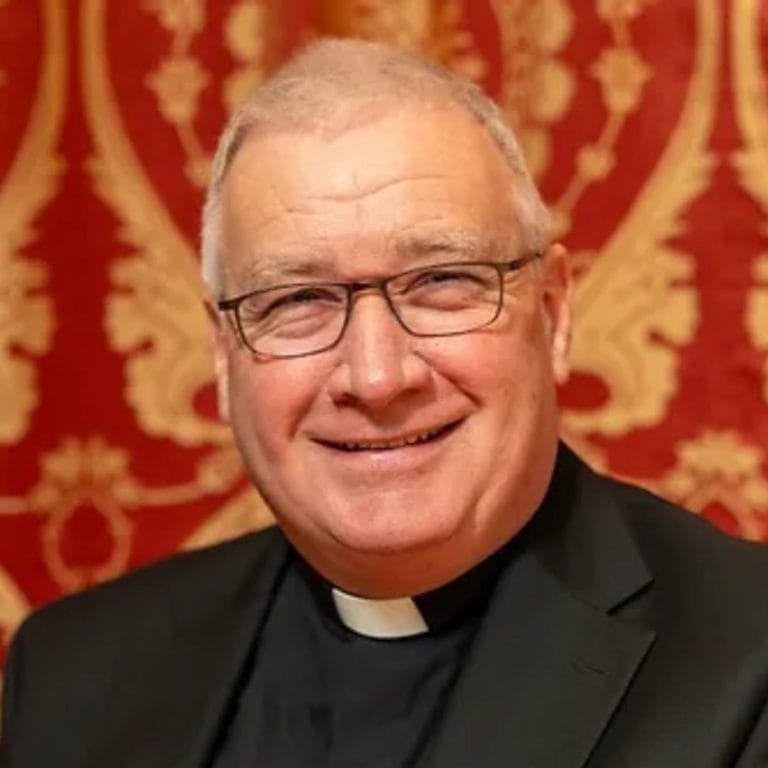About Us
We are a community of faith. We are Catholic. We live in, work in and serve the local communities across Hampshire, Berkshire, Oxfordshire, Isle of Wight and the Channel Islands.
The Bishop
The Bishop is the “Chief Shepherd” of the Diocese: he is appointed to govern, teach and guide the priests and people of the diocese.
Our Mission
Our mission is to live out our Catholic faith and through witness and example bring people closer to Jesus Christ through His Church.
Bishop's Vision
Planning
Special Campaigns & Support
Safeguarding
Every human being has a value and dignity which we as Catholics acknowledge as coming directly
from God’s creation of all men and women in his own image and likeness.
Parish Life
The parish lies at the heart of every community. Families, churches, schools, chaplaincies to hospitals and prisons. Parishes provide an inclusive hub for people of all walks of life to journey together in faith and to reach out to the wider community to serve in social action.
Education & Youth
Young people are visible in the Church. They are involved in parish life, school and university communities and the wider community, witnessing to their relationship with Jesus Christ. The Diocese supports young people to respond to the invitation of faith in various ways.
Communities
Support
Living as a Catholic
The fast pace of today's world often has us rushing through our daily life, with little direction or thought as to the kind of life we should be leading. Fortunately, the Catholic faith provides us with a solid moral compass and many great role models to help us find our way.
In the Parish
Out in the Community
Discover Faith
Got Questions? We believe that everyone should have the chance to explore the Christian faith, ask questions and discover their purpose in life.
Support our Work
Whether you want to offer your time and talents or support our vital work financially, it's all part of Christian Stewardship and you can really make a difference.
Get Involved
Fundraising
Special Campaigns
Communication
Good communication is really important to us. Whether it's sharing the impact of our community projects and sharing the witness of inspiring individuals, or reaching out to collaborate and dialogue with groups and individuals, and providing resources to enable others, we want to build long lasting effective relationships and help people to develop their faith journey.











